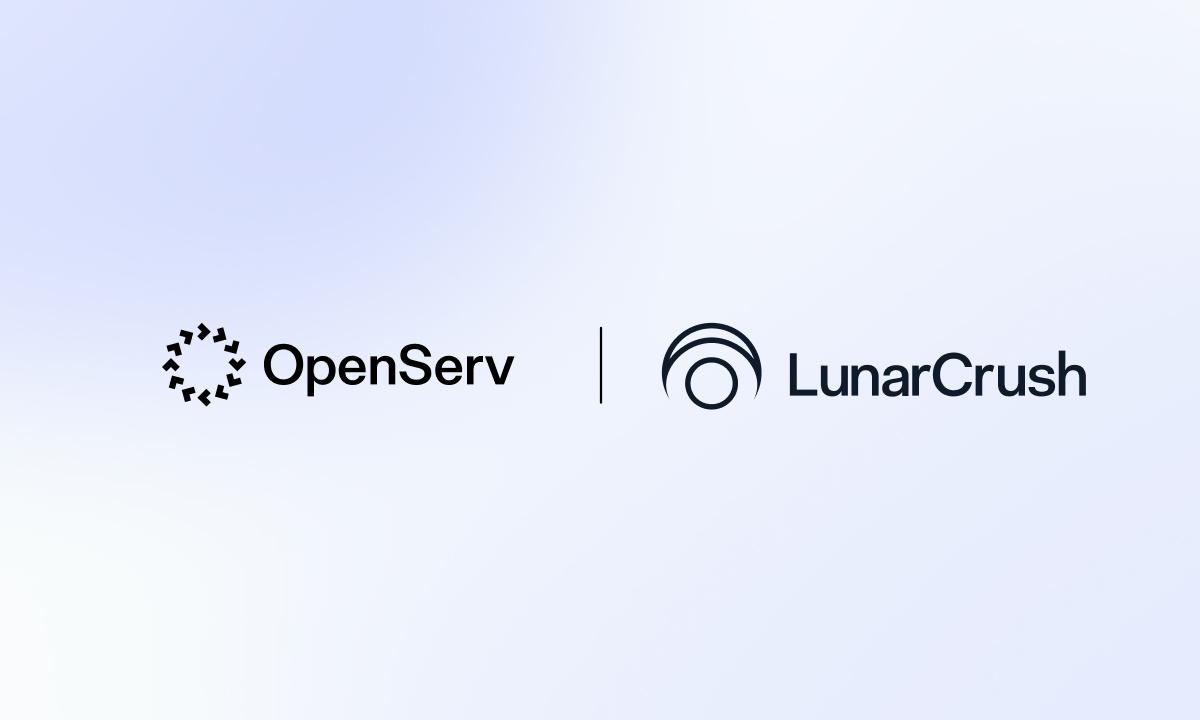Key Points:
- The ZK-VM typically consists of two important components: a compiler that can compile high-level languages such as C++ and Rust into intermediate (IR) expressions for the ZK system to execute.
- Recent new projects have shown a trend, namely an increase in the number of ZK-VM initiatives.
- While Ethereum applications will gradually support ZK-EVM, Web3 is not limited to Ethereum as ZK-VM supports more advanced languages and is easier to build than ZK-EVM.
Since last year, the ZK race track has received wide attention from people, especially Starknet, zkSync, Polygon EVM, Scroll, and other star projects using ZK-EVM technology have become the topic most talked about, so how is ZK-VM evolving? Let’s take a look at the recent emerging ZK financial projects.

ZK, ZK-VM, and ZK-EVM
To understand the specifications behind each ZK road project, let’s first understand the basic concepts involved in ZK.
ZKP (Zero Knowledge Proof) stands for zero-knowledge proof, which refers to solving the privacy and scalability issues of the blockchain through mathematical cryptography, mainly through validators and users, to verify the accuracy of data without disclosing it.
ZK-VM is a zero-knowledge proof-based virtual machine that combines a ZK proof and a VM (Virtual Machine). The ZK-VM typically consists of two important components: a compiler that can compile high-level languages such as C++ and Rust into intermediate (IR) expressions for the ZK system to perform; the other is the ISA (Instruction Architecture) instruction set framework, which mainly executes instructions about CPU operations and is a series of instructions used to instruct the CPU to perform operations.
ZK-EVM is a type of ZK-VM. Its main feature is that it is compatible with Ethereum EVM and supports smart contracts written in Solidity to run on its virtual machine to help extend Ethereum’s second layer. Starknet, zkSync, Scroll, and Polygon Hermez all belong to ZK-EVM.
ZK recent notable new financial projects
The Nil Foundation
Nil Foundation’s full name is “=nil; Foundation,” which sounds like jumbled letters. In actuality, this strange moniker is derived from a SQL injection joke.
Nil Foundation began as a database management system in 2018. It closed a $22 million investment round at a $220 million valuation at the end of last year, headed by Polychain Capital, with participation from Blockchain Capital, Starkware, Mina Protocol, and IOSG Ventures.
The Nil Foundation has created an LLVM-based ZK compiler that can convert high-level language programs such as C++ and Rust into intermediate (IR) expressions suited for system validation. That is, the Nil Foundation is a compiler rather than a virtual computer.
LLVM (LowLevelVirtualMachine) is a framework for framework compilers that may optimize the compilation and runtime of high-level languages such as Rust and C++. LLVM was created in 2000 by Dr. Chris Lattner of the University of Illinois. Chris Lattner began committing himself to the deployment of LLVM in development platforms after joining Apple in 2006. LLVM is now used by huge corporations like as Apple, Microsoft, Google, and Facebook.
In addition, the Nil Foundation has a distinct place in that it has formed a “Proof Market”. Users can pay hardware owners to verify for them via Proof Market, and provers compete to prove to users who pay them. This free-market dynamic will allow provers to optimize the most profitable proof assignments computationally.
Sovereign Laboratories
Sovereign Labs, which focuses on developing the ZK-Rollup SDK, earned $7.4 million in seed funding in January of this year. Haun Ventures led this round of funding, with participation from Maven 11, 1KX, Robot Ventures, and Plaintext Capital.
Sovereign Labs intends to produce a software development kit (SDK) to assist developers in creating safe and interoperable zero-knowledge rollups. The Sovereign SDK intends to make it easier to create ZK-Rollups, just as the Cosmos SDK makes it easier to create Layer 1.
It is the first aggregation framework that eliminates the complexity of zero-knowledge, making it simple for developers to design applications without needing to be cryptography specialists. Developers will be able to build apps in idiomatic Rust (or C++) using the Sovereign SDK, and the SDK will automatically convert them into an efficient ZK virtual machine.

The roadmap of Sovereign Labs is separated into three sections. The first step entails finishing the research design prototype in the second quarter of 2023. Celestia for data availability and Risc0 for proof is included in the present prototype. The second stage is the installation of the Sovereign SDK, which includes a peer-to-peer network, an RPC node, a core API, and default storage and sorting modules. The third step consists of doing code cleaning, testing, fuzzing, and auditing.
Ulvetanna
Ulvetanna, a firm developing hardware to increase the efficiency of zero-knowledge proof (ZKP) production, raised $15 million in a seed round headed by Bain Capital Crypto and Paradigm, with Jump Crypto participating. cast.
Ulvetanna is developing hardware to accelerate the generation of ZKPs, and its team comprises programmers and engineers from Coinbase, Microsoft, and Intel.
When the need for ZKP grows in the future, ZKP will necessitate a large number of computations, which will necessitate sophisticated technology and a large amount of electricity. Ulvetanna believes that ZKP generation is much more efficient on purpose-built hardware, so Ulvetanna gathered an experienced team of applied cryptographers, software and hardware engineers, data center and cloud architects, and crypto-native investors to provide efficient ZKP hardware computing services by combining cryptography and high-performance computing.
Cysic
Cysic, a ZK hardware firm, raised $6 million in a seed round headed by Polychain Capital in December 2022, with additional investors including Hashkey, SNZ Holding, ABCDE, and the Web3.com Foundation.
Cysic intends to offer a hardware-accelerated solution for ZK proofs. Scroll, Nil Foundation, and Hyper Oracle are among the current Cysic partners.
Cysic created an FPGA prototype of Multiple Scalar Multiplication (MSM), a sort of programmable hardware akin to CPU and GPU processors.
Hyper Oracle
Hyper Oracle, a network of ZK oracle computers, recently concluded a $3 million seed round co-led by dao5 and Sequoia China Seed Fund, with Foresight Ventures, FutureMoney Group, and others joining the investment.
To address the issues of blockchain middleware in terms of security, decentralization, computational integrity, and performance, Hyper Oracle is creating the ZK middleware protocol and the ZK oracle machine zkOracle based on the zkWASM virtual machine.
Polyhedra
Polyhedra Network, a ZK infrastructure firm, has concluded a $10 million funding round headed by Binance Labs and Polychain Capital, with participation from Animoca Brands and Dao5.
Polyhedra is presently working on three ZK products based on ZK technology: ZK Bridge (zkBridge) for L1 and L2 asset transmission; ZK-DID, a user identity solution that protects privacy using zero-knowledge proof technology; and a programmable NFT protocol. This device, ZK-NFT, employs zero-knowledge-proof technology to safeguard the privacy of user assets. The zkBridge test network is currently operational.
Moreover, Polyhedra has created ParaPlonk, a scaling solution that can employ a large-scale distributed proof generation network to expedite ZK rollups. Polyhedra intends to integrate new blockchains and make them accessible to developers via API and SDK tools in order to attract more ZK-rollup developers.

RISC Zero
RISC Zero (funding details have yet to be released) is an open-source general-purpose ZK-VM. The project got its name from the well-known RISC processor (Reduced Instruction Set Computer).
The RISC-V instruction set’s goal is to optimize the reduced instruction set, which only has more than 40 instruction sets. RISC Zero supports sophisticated programming languages such as C++, Rust, and Go thanks to the RISC-V instruction set, and developers may utilize ZK-VM without learning new languages.
Zero product growth at RISC According to VP Manasi (previously Uniswap growth director), RISC Zero will also support Solidity, making it more appealing to native Ethereum developers. RISC ZERO uses the LLVM architecture, which is utilized by several major manufacturers for language compilation. Because of the use of a rather mature compilation and instruction set solution, RISC ZERO may become a typical project on the ZK-VM track from a technological standpoint.

ZK track development strategy
Last year, the ZK track’s initiatives mostly concentrated on ZK-EVM compatible with Ethereum, such as Starknet, zkSync, Scroll, and other well-known projects. According to the categories of ZK initiatives that have recently been funded, they are primarily infrastructure-based, such as ZK circuit compilers, ZK hardware acceleration, ZK oracles, and bridges.
At the same time, these projects demonstrated a tendency, namely, a growth in the number of ZK-VM initiatives. Therefore, by offering the ZK proof system, ZK-VM can assist a wide number of Web2 applications in combining with zero-knowledge proofs in order to reach Web3. The present Gamefi back-end solution for managing user data, for example, is centralized. The game can reach true decentralization if the backend uses ZK-VM. Many Web2 apps, by analogy, may be decentralized if necessary.
Which is better for the future, ZK-EVM or ZK-VM? Although Ethereum applications will gradually support ZK-EVM, Web3 is not limited to Ethereum because ZK-VM supports more advanced languages and is easier to build than ZK-EVM (ZK-VM can use mature Compiler and instruction set architecture), and if ZK-VM can also support Solidity well, ZK-VM may be the future of Web3.
DISCLAIMER: The Information on this website is provided as general market commentary and does not constitute investment advice. We encourage you to do your own research before investing.
Join us to keep track of news: https://linktr.ee/coincu
Harold
Coincu News















